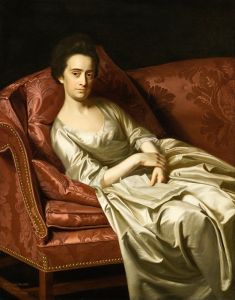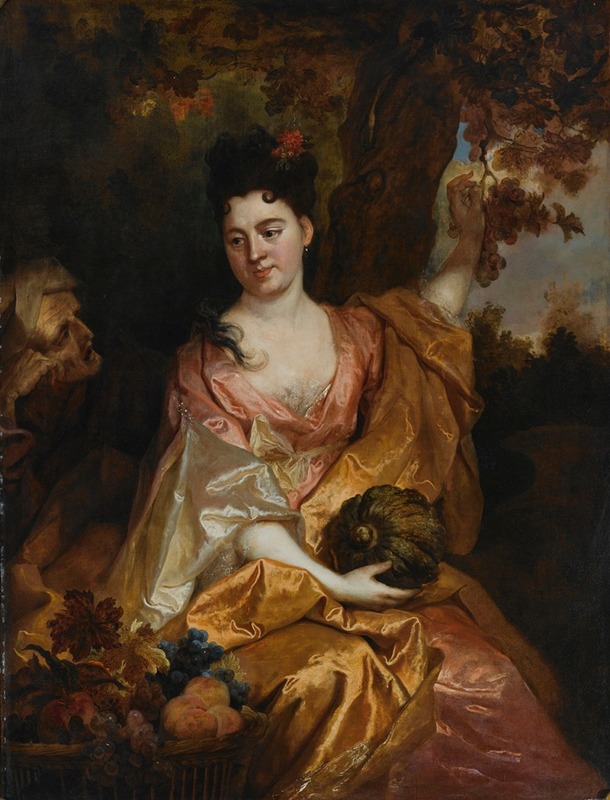
Portrait Of A Lady as Pomona, beside her Vertumnus
A hand-painted replica of Nicolas de Largillière’s masterpiece Portrait Of A Lady as Pomona, beside her Vertumnus, meticulously crafted by professional artists to capture the true essence of the original. Each piece is created with museum-quality canvas and rare mineral pigments, carefully painted by experienced artists with delicate brushstrokes and rich, layered colors to perfectly recreate the texture of the original artwork. Unlike machine-printed reproductions, this hand-painted version brings the painting to life, infused with the artist’s emotions and skill in every stroke. Whether for personal collection or home decoration, it instantly elevates the artistic atmosphere of any space.
Nicolas de Largillière's Portrait of a Lady as Pomona, beside her Vertumnus is a notable example of 18th-century French portraiture that combines allegorical themes with the artist's characteristic attention to detail and opulence. Largillière, a prominent portraitist of the French Baroque and Rococo periods, was known for his ability to capture the elegance and grandeur of his sitters, often incorporating mythological or allegorical elements into his works.
This painting depicts an unidentified woman dressed as Pomona, the Roman goddess of fruit and orchards, symbolizing abundance and fertility. She is accompanied by a figure representing Vertumnus, the Roman god of seasons, change, and plant growth, who was closely associated with Pomona in mythology. The inclusion of these mythological figures reflects the 18th-century fascination with classical antiquity and the use of allegory to convey themes of beauty, nature, and prosperity.
Largillière's skill as a portraitist is evident in the intricate rendering of the sitter's luxurious costume, the soft textures of her skin, and the vibrant colors that bring the composition to life. The setting, likely an idealized garden or orchard, reinforces the connection to Pomona's domain and enhances the allegorical narrative. The painting exemplifies the Rococo style's emphasis on elegance, refinement, and the interplay between human figures and nature.
While the identity of the sitter remains unknown, it was common during this period for aristocratic women to commission portraits that portrayed them as mythological or allegorical figures, emphasizing their virtues, status, or personal qualities. This practice allowed sitters to align themselves with the ideals of classical mythology while showcasing their wealth and taste.
The painting is a testament to Largillière's ability to blend portraiture with allegory, creating works that are both visually stunning and rich in symbolic meaning. Today, Portrait of a Lady as Pomona, beside her Vertumnus is recognized as an important example of his oeuvre and serves as a reflection of the artistic and cultural trends of early 18th-century France. Further details about the painting's provenance or current location are not widely documented.





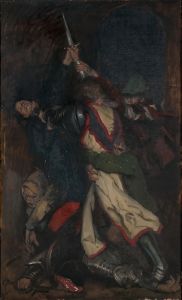

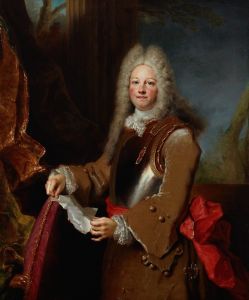
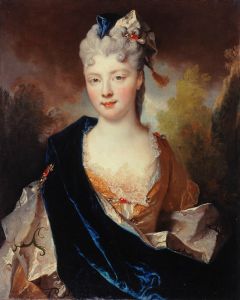

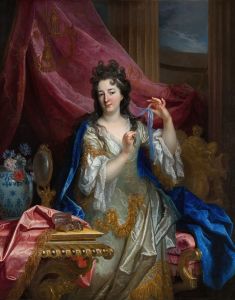


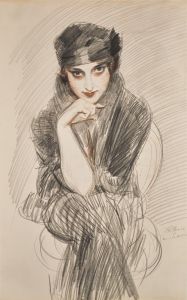
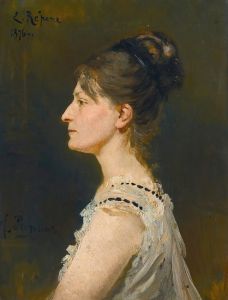
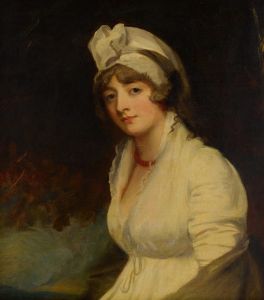
![Lady With A Mask [Comedy]](/imgs/246750/s/jules-cheret-lady-with-a-mask-comedy-ba0fcc79.jpg)

